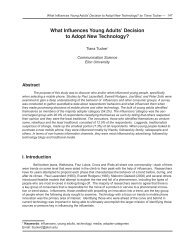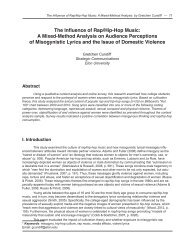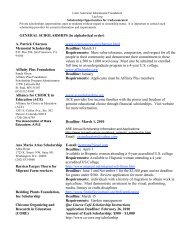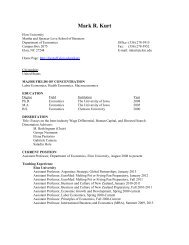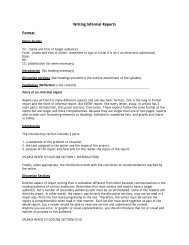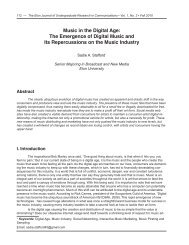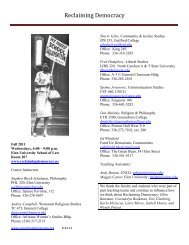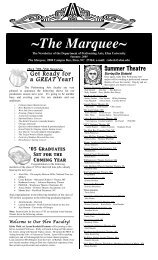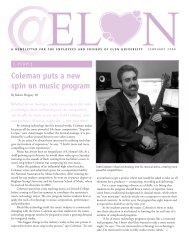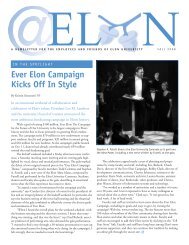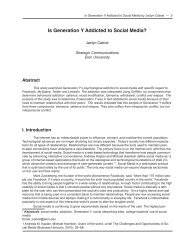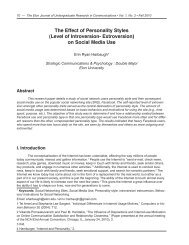In the Supreme Court of the United States In the Supreme Court of ...
In the Supreme Court of the United States In the Supreme Court of ...
In the Supreme Court of the United States In the Supreme Court of ...
You also want an ePaper? Increase the reach of your titles
YUMPU automatically turns print PDFs into web optimized ePapers that Google loves.
Since Buie, <strong>the</strong> majority <strong>of</strong> circuit courts ruling on this issue have correctly held that<br />
protective sweeps are not limited to arrests. This conclusion is logical because nei<strong>the</strong>r Terry nor<br />
Long involved searches incident to arrest. <strong>In</strong>corporating Terry, Long, and Buie, <strong>the</strong> Fifth Circuit<br />
distilled protective sweeps into four elements: (1) <strong>the</strong> <strong>of</strong>ficer must be legally and legitimately on<br />
<strong>the</strong> premises; (2) <strong>the</strong> <strong>of</strong>ficer must have a reasonable suspicion <strong>of</strong> danger; (3) <strong>the</strong> <strong>of</strong>ficer must<br />
limit <strong>the</strong> sweep’s scope; and (4) <strong>the</strong> <strong>of</strong>ficer must limit <strong>the</strong> sweep’s duration.<br />
This case meets all four elements. First, <strong>the</strong> Officer was legally and legitimately on <strong>the</strong><br />
premises because <strong>the</strong> <strong>of</strong>ficer was searching for a dangerous burglary suspect, and <strong>the</strong> Convict<br />
gave <strong>the</strong> Officer permission to enter <strong>the</strong> house. Second, <strong>the</strong> <strong>of</strong>ficer reasonably suspected danger<br />
because eyewitnesses saw <strong>the</strong> suspect fleeing in <strong>the</strong> direction <strong>of</strong> <strong>the</strong> Convict’s house. The<br />
suspect had just committed a violent burglary in that neighborhood and matched <strong>the</strong> description<br />
<strong>of</strong> someone who had murdered <strong>the</strong> Convict’s neighbor. Third and fourth, <strong>the</strong> <strong>of</strong>ficer limited both<br />
<strong>the</strong> scope and duration <strong>of</strong> <strong>the</strong> sweep by looking briefly into <strong>the</strong> kitchen. The Officer’s protective<br />
sweep was reasonable under <strong>the</strong> safety doctrine, and <strong>the</strong>refore was reasonable under <strong>the</strong> Fourth<br />
Amendment.<br />
To protect citizens from future harm, Congress adopted <strong>the</strong> ACCA, a sentencing<br />
measure to keep violent repeat felons <strong>of</strong>f <strong>the</strong> street. Under <strong>the</strong> ACCA’s residual clause, an<br />
<strong>of</strong>fense is a violent felony if “it o<strong>the</strong>rwise involves conduct that presents a serious potential<br />
physical risk <strong>of</strong> injury to ano<strong>the</strong>r.” This <strong>Court</strong> initially interpreted <strong>the</strong> word “o<strong>the</strong>rwise” to<br />
require a degree <strong>of</strong> risk similar to any <strong>of</strong> <strong>the</strong> statute’s enumerated <strong>of</strong>fenses: burglary, robbery,<br />
arson, or conduct involving <strong>the</strong> use <strong>of</strong> explosives. Although this <strong>Court</strong> later added a “purposeful,<br />
violent, and aggressive conduct” requirement, this <strong>Court</strong>’s most recent case addressing <strong>the</strong><br />
clause narrowed <strong>the</strong> application <strong>of</strong> this requirement to strict liability cases and negligent or<br />
5




